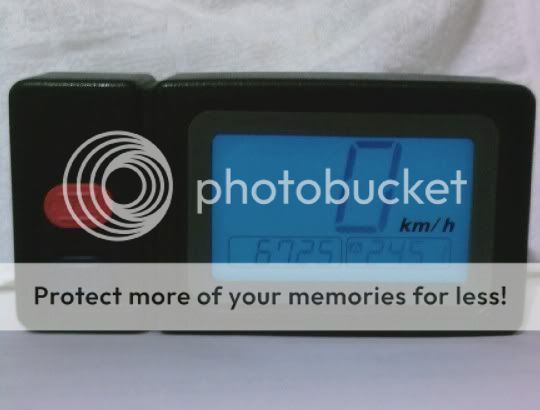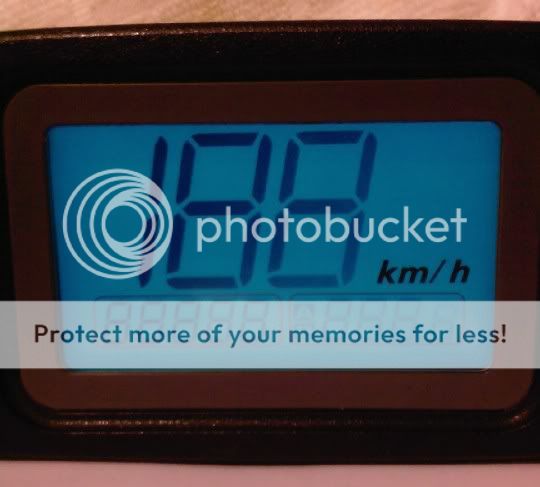jojoe
Member level 1
Hi,
I'm hoping someone can advise me what the simplest way would be to build a small device to reduce electronic pulses by a given amount.
The device is for a digital motorbike speedometer that currently reads in km/h which I wish to convert to read in mph.
The speedometer displays the speed via pulses that is sent to it, if these pulses were reduced by the correct amount the speedometer would display in mph.
I believe that every pulse it receives will need to be reduced to 0.6213711 of a pulse.
1 / 1.609344 = 0.6213711 (1.609344 is the km/h to mph conversion)
Example:
100km / 1.609344 = 62.137119 mph
Any advice appreciated.
Thanks.
I'm hoping someone can advise me what the simplest way would be to build a small device to reduce electronic pulses by a given amount.
The device is for a digital motorbike speedometer that currently reads in km/h which I wish to convert to read in mph.
The speedometer displays the speed via pulses that is sent to it, if these pulses were reduced by the correct amount the speedometer would display in mph.
I believe that every pulse it receives will need to be reduced to 0.6213711 of a pulse.
1 / 1.609344 = 0.6213711 (1.609344 is the km/h to mph conversion)
Example:
100km / 1.609344 = 62.137119 mph
Any advice appreciated.
Thanks.

